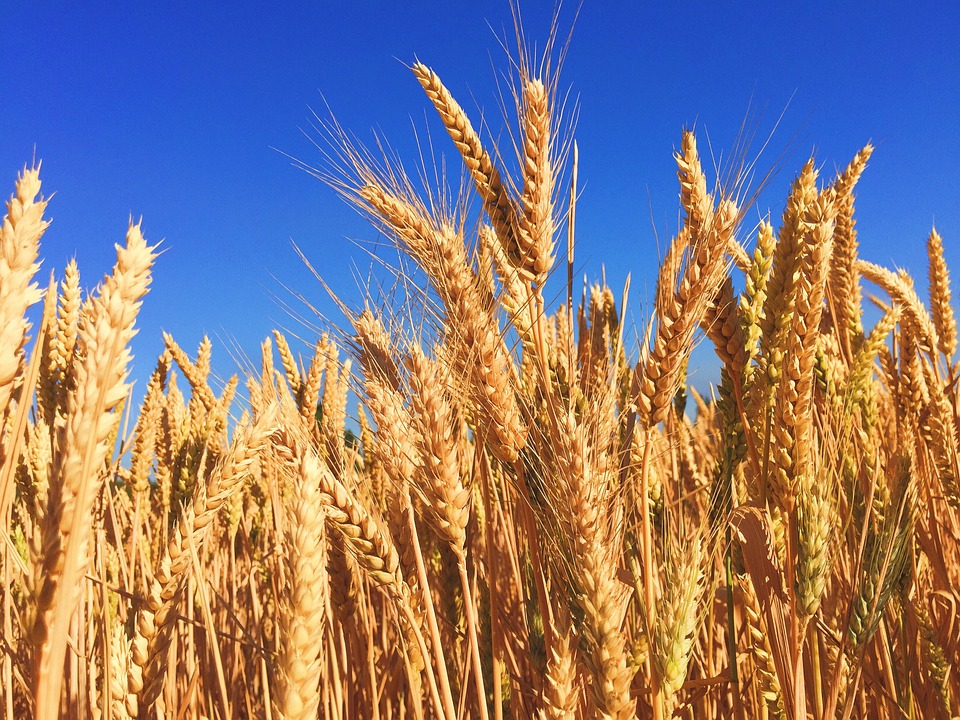And he said to the redeemer: ‘Naomi, that came back out of the field of Moab, sold the parcel of land, which was our brother Elimelech’s; and I thought to disclose it to you. Buy it before them that sit here, and before the elders of my people. If you will redeem it, redeem it; but if it will not be redeemed, then tell me, so that I may know; for there is no one else to redeem it beside you; and I am after you.’ And he said: ‘I will redeem it.’
Then said Boaz: ‘On the day that you buy the field from the hand of Naomi you (written as I) also bought from Ruth the Moabitess, the wife of the dead, to raise up the name of the dead upon his inheritance?’
And the redeemer said: ‘I cannot redeem it for myself, lest I mar my inheritance; you take my right of redemption; for I cannot redeem.’ (4:3- 6)
We have previously approached the enigmatic figure of Peloni-Almoni as representing a Redemption that almost, but didn’t, come to be. Counter it towers the figure of Boaz who stands for the Redemption that will actually take place, soon, with God’s help, and in our day.
There are commentators who perceived in these two individuals an allusion to the two Messiahs, the Messiah who stems from the tribe of Joseph (Messiah, the son of Joseph) and the Messiah who descends from David and the tribe of Judah. The former represents the spiritual qualities of Joseph and the Northern tribes of Israel. He is meant to accomplish the work of uniting the Jewish people and vanquishing its enemies and in that way prepare the world for the final redemption, by the hand of the son of David. He will ultimately be killed at the gates of Jerusalem in a massive counterattack by the united armies of all the nations. The final redemption will be completed and finally accomplished by the Messiah, the son of David, in the manner and spirit of the tribe of Judah. This ancient tradition is first mentioned in Pirkei D’Rabbi Eliezer 19 and Talmud Sukkah 52b and is elaborated for the first time in the Book of Beliefs and Opinions of R. Saadiah Gaon. In these sources, the details of his mission and leadership are few and contradictory. What we learn about his enemies and his work is unclear and confusing – like that redeemer with obscure name who almost but not quite redeemed Ruth. That the Messiah from the tribe of Joseph can be represented by a descendent of Judah is not problematic, for these figures represent spiritual and not familial proclivities of the two tribes and there are Kabbalistic sources that suggest the this Messiah actually stems from the tribe of Judah (Mergalios Hayom to Sanhedrin 94a)
“I cannot redeem, lest I destroy my inheritance” – from here you see that there are two redeemers, the near redeemer and the far-off redeemer. The near redeemer is from the Right side and the far-off redeemer is the Messiah who comes from Joseph… (Zohar Chadash 88a).
Peloni-Almoni was meant to prepare Boaz and Ruth for their mission but he declined to do so. The give and take between Boaz and Peloni-Almoni is enigmatic. Boaz offers the sale of the field to Pelon-Almoni, and that he is willing to do. However, Boaz then clarifies that Ruth is a part of the deal, and at that point, Peloni-Almoni pulls back. Didn’t he see from the beginning that Ruth also deserves redemption? Why did Boaz present his proposal in such a convoluted manner? What would have happened to Boaz’ promise to Ruth, had Peloni-Almoni readiliy accepted his offer and married Ruth?
It is possible to suggest that what Boaz actually offered was to divide the redemption into two parts, just as the two Messiahs divide the work of redemption between them. Peloni-Almoni was to redeem the land and Boaz was going to marry Ruth. If and after Ruth had a male child, at the age of his maturity, the field would revert to this heir “to raise the name of the dead upon the inheritance”. This Peloni-Almoni did not accept, “lest I destroy my own inheritance”. This novel interpretation also explains why the verse reads with the word You’ even though it is spelled with the word I’. (A similar explanation is offered by S. G. Rosenberg in Esther, Jonah, Ruth Deciphered, Devorah Publishing, 2004). If so, the allusion to the two Messiahs gains a new basis in the verse.
On a simpler level, Peloni-Almoni refused to marry Ruth because he was afraid. “R. Shmueeul Bar Nechmeni said: He was dumb in regard to Torah knowledge (a play on the shared root of “Ilem” and “Almoni”). He said, the first ones dies because they married them. Shall I go and marry her? I will not marry her. I will not introduce a blemish into my seed”. He did not know that the law that permits marriage to a Moabite woman, unlike a Moabite man, has already been (re-) innovated (Ruth Rabbah 7:10).
Understanding the prohibition (or the non-prohibition) of marriage with Moabites is crucial to the story of Ruth and we will, with God’s help, take up that subject next week.
Text Copyright © 2006 by Rabbi Dr. Meir Levin and Torah.org.


